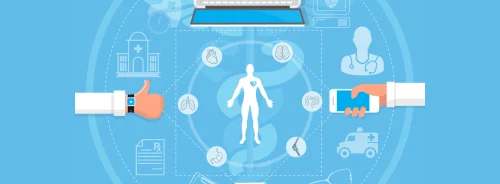Gene therapies represent one of the most significant advancements in modern medicine, offering the potential to cure once-incurable diseases like sickle cell disease. However, the costs and limited accessibility of these treatments create substantial barriers, particularly for low- and middle-income countries (LMICs) where the need is often greatest. A commentary published in Nature explores the challenges and opportunities surrounding gene therapy access, emphasising the importance of global inclusion in the development, manufacturing, and distribution processes. The focus will be on how shifting these elements to regions most affected by genetic disorders can transform healthcare outcomes worldwide.
The Promise and Perils of Gene Therapies
Gene therapies, such as Casgevy and Lyfgenia, have shown remarkable promise in treating genetic disorders like sickle cell disease, which disproportionately affects populations in sub-Saharan Africa and India. While these therapies offer hope, their exorbitant costs—ranging from $2.2 million to $3.1 million per treatment—pose a significant challenge. These high prices often reflect not the manufacturing costs but the perceived value these treatments provide. Unfortunately, this value-based pricing model does not account for global affordability or need, leading to the potential withdrawal of these therapies from markets where they are most needed.
Moreover, the clinical trials that underpin these therapies often exclude populations most affected by the diseases they aim to treat. For instance, trials for Casgevy and Lyfgenia primarily involved participants from high-income countries despite sickle cell disease being far more prevalent in regions like Africa and India. This lack of representation raises concerns about the efficacy and safety of these treatments in diverse genetic populations and highlights the need for more inclusive clinical trials.
The Economic and Ethical Challenges of Gene Therapy Pricing
The pricing of gene therapies reflects a complex interplay of research and development costs, regulatory approval processes, and value-based assessments. However, these assessments often fail to consider the economic realities of LMICs or the broader global need for these therapies. The willingness to pay for expensive treatments is higher in high-income countries, where sickle cell disease is considered a rare disorder. Yet, this approach overlooks the fact that in many parts of the world, sickle cell disease is far from rare—it is a leading cause of childhood mortality.
The current pricing model also assumes that recipients of these therapies will be cured for life, a claim often based on limited follow-up data. The assumption that manufacturing will only occur in high-income countries further inflates costs. Shifting production to regions with lower labour and material costs could significantly reduce prices, making these therapies more accessible. However, achieving this shift requires overcoming intellectual property barriers and securing investment in local manufacturing capabilities.
Building Capacity in Low- and Middle-Income Countries
LMICs possess far greater research and development capacity than is often recognised. Initiatives like the Drugs for Neglected Diseases Initiative (DNDi) have demonstrated the effectiveness of involving local researchers, clinicians, and trial participants in the development process. Furthermore, the COVID-19 pandemic underscored the importance of local manufacturing for vaccines and treatments, a lesson equally applicable to gene therapies.
Countries like India and several African nations are already progressing in this direction. For example, India has developed a home-grown CAR T-cell therapy, NexCAR19, to treat blood cancers, illustrating the potential for locally produced gene therapies. LMICs need more government support, infrastructure development, and international partnerships to replicate this success on a broader scale. These efforts would not only improve access to gene therapies in LMICs but could also drive down costs globally, benefiting patients in high-income countries as well.
Conclusion
The potential of gene therapies to transform healthcare is undeniable, but their current trajectory risks exacerbating global health inequities. Ensuring that these life-saving treatments are accessible to all requires a paradigm shift in how they are developed, priced, and distributed. The international community can create a more equitable healthcare landscape by including LMICs in the research, development, and manufacturing processes. This approach will address the needs of those most affected by genetic disorders and ensure the sustainability of gene therapies in the global market. Actual progress will be achieved when all patients, regardless of geographic or economic circumstances, can access the necessary cures.
Source: Nature
Image Credit: iStock






